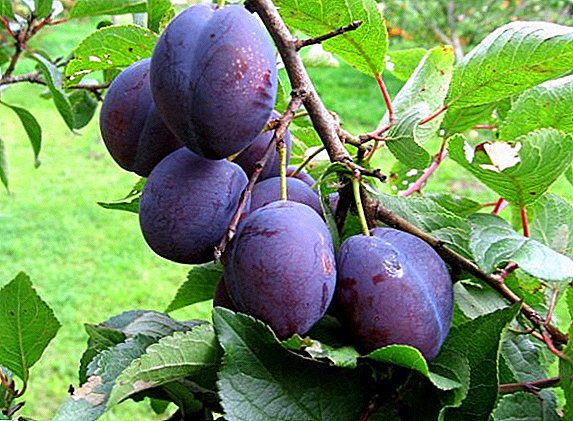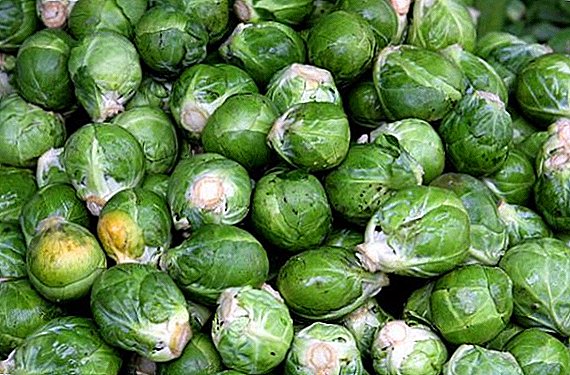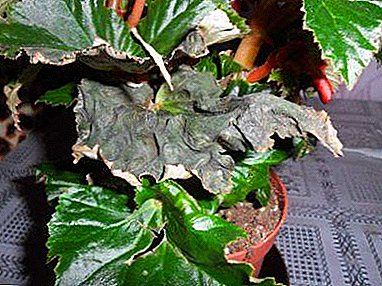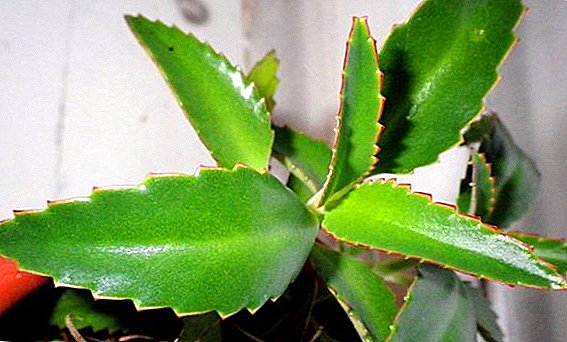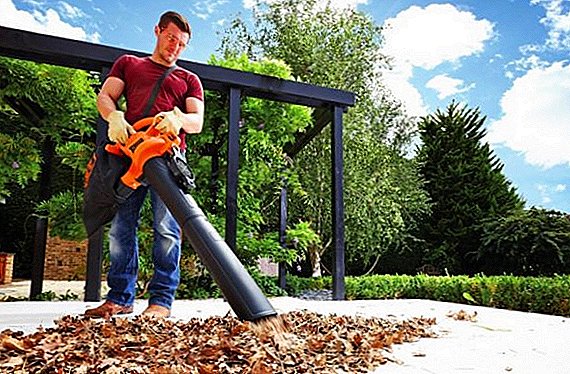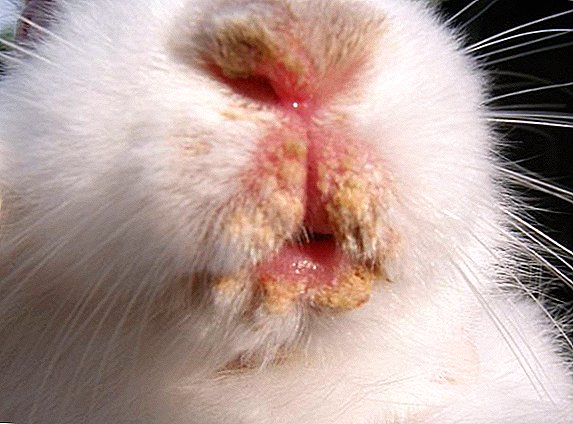
Numerous breeds of chickens, which for a very long time underwent a careful selection, unfortunately, almost completely lost any manifestations of maternal instinct.
But despite this, young chickens are bred in poultry farms and households.
This is doable due to incubation breeding of birds, which consists in breeding chickens without chickens.
The main advantage of this method of breeding the young is the fact that the incubation can be carried out at any time during the year, and the age of the chickens will not exceed a day.
This process has its own characteristics and must also proceed under strict control and supervision so that the material is not wasted.
The success of the incubation breeding chickens is the choice of the right, good eggs, the probability of the emergence of chickens from which is close to unity.
When choosing eggs for an incubator, you must first pay special attention to the shape and weight of the egg, and with the help of special tools - on the state of the inside, the shell and the size of the air chamber.
You need to choose the largest eggs, the weight of which must be measured using sensitive scales. Accuracy is taken up to 1 gram. Why big eggs? And because they contain the greatest amount of nutrients that will help the embryo survive.

As for chickens that are raised specifically for slaughter, the requirements for the eggs of these breeds are not as stringent.
It is because of the low egg production rates that breeding chickens of these chickens is difficult, which led to the high value of eggs.
The shell must be intact, sufficiently hard, since it is this barrier that protects the embryo from various environmental factors and also takes an active part in the processes of heat exchange and gas exchange. You can not take those eggs, the shell which has cracks, various growths, depressions or other kind of mechanical damage and shortcomings.
The shape of the egg must be correct, because otherwise the embryo will not have enough air. In order to verify the quality of the egg, experts use a device such as an ovoscope.
This device is used to detect even the smallest defects, due to which the development of a chicken from a given egg becomes impossible. In the case, if the eggs have a special value, some flaws can be neglected.
In particular, small cracks can be removed by filling them with special glue starch based.
You can also examine the condition of the yolk and the airbag on the ovoscope If the yolk freely "roams" the egg, then this indicates the presence of gusts in the hail. From such an egg will not leave a chicken.
The air chamber should not be too large, otherwise the birds from such eggs also do not get.
Eggs must be disinfected., so that no harmful microorganisms penetrate the shell inside the egg.
In household conditions, disinfection can be done with iodine. To do this, take 10 g of iodine in crystals and 15 g of potassium iodide, dissolve in 1 liter of water and place eggs into this solution for 1 minute. Then the whole shell will be decontaminated.
As for the storage of eggs before laying in the incubator, their age should not exceed 6 days. The optimal temperature for them will be + 18 ° С.

The duration of the incubation period for chicken eggs is 21 days. These 3 weeks are divided into 4 stages:
- first stage (lasts 7 days and is counted from the moment the eggs are placed in the incubator)
- second stage (8-11 days after filling the incubation chamber)
- third stage (from day 12 until the first chicks squeaks)
- fourth stage (from the moment of the first squeak until the moment when the shell is naklut)
It is also interesting to read how to make an incubator out of the fridge.
First stage

Before placing the eggs in the incubation chamber, they must be heated to + 25 ° C. In the incubator, the eggs should be placed strictly horizontally.
Temperature conditions should be maintained at + 37.8 ° C. Humidity should not exceed 50%.
Eggs need to be turned independently, if this is not "able" to do the incubator itself. During the first 24 hours, all eggs must be quickly and extremely gently turned over 2 times a day, and at the same time.
On the second day, eggs can be disturbed 1 time in 8 hours. Rotate them to 180 °. The purpose of this inversion is to prevent the growth of the embryo against the wall of the shell.
If this happens, the chicken will not appear from such an egg.
Second phase
In the second stage, the temperature in the incubator should be lowered to 37.6 ° C. Do not allow strong fluctuations in humidity during this period, as this will lead to the death of the embryo.
Humidity should be in the range of 35-45%.
Third stage

At this stage, the temperature in the incubator should be within + 37.6 ... +37.8 ° С. During this period, all eggs must be enlightened to check the embryos for development.
If you see that the entire contents is filled with blood vessels, then the embryo develops well. If the fact of the presence of vessels is not revealed, then such eggs should be removed from the incubator.
During the scanning of the eggs, a pulling of the neck by the chick from the side of the blunt end of the egg is noticeable. The first thing to be broken is the integrity of the air chamber, and after the shell. When the chick breaks the air chamber, the first sighs and squeaks will be heard.
Fourth stage
During this period, the temperature in the incubator should be raised to the level of 38.1 - 38.8 ° C. The air humidity level should reach 80%. If in your incubator you can increase the level of heat transfer and the speed of air movement, then it is better to do it.
The translucence at this stage must be repeated. If the chick develops normally, then there will be no gaps in the egg. The size of the air chamber will be equal to one third of the internal volume of the egg. The border of this camera will resemble a curved hillock.
Sure to need to air the incubator within 20 minutes 2 times a day.
At the beginning of the fourth period, all the eggs must be laid on its side and not turned over. Leave as much space as possible between adjacent eggs. The level of ventilation of the incubation chamber should be at the maximum level.
The surest sign by which the state of chicks can be determined is their squeak. If the sounds are calm, even, then you should not worry about the chicks. If the chicks squeak piteously, then they are cold.

When the chickens are already out of the egg, you need to give them time to dry.
It is necessary to collect young birds not longer than 20-40 minutes, as their longer anxiety can lead to a deterioration of the condition.
If the chicken is actively moving and seemingly quite healthy, then it is he who should be chosen for further development.
As a conclusion, you can once again draw attention to the multiple nuances with which the method of artificial breeding of chickens is associated.
In order not to lose sometimes such valuable chicken eggs, you need to strictly monitor the conditions that are maintained in the incubator.
If you comply with all the rules, the young will come out quite healthy and active.


